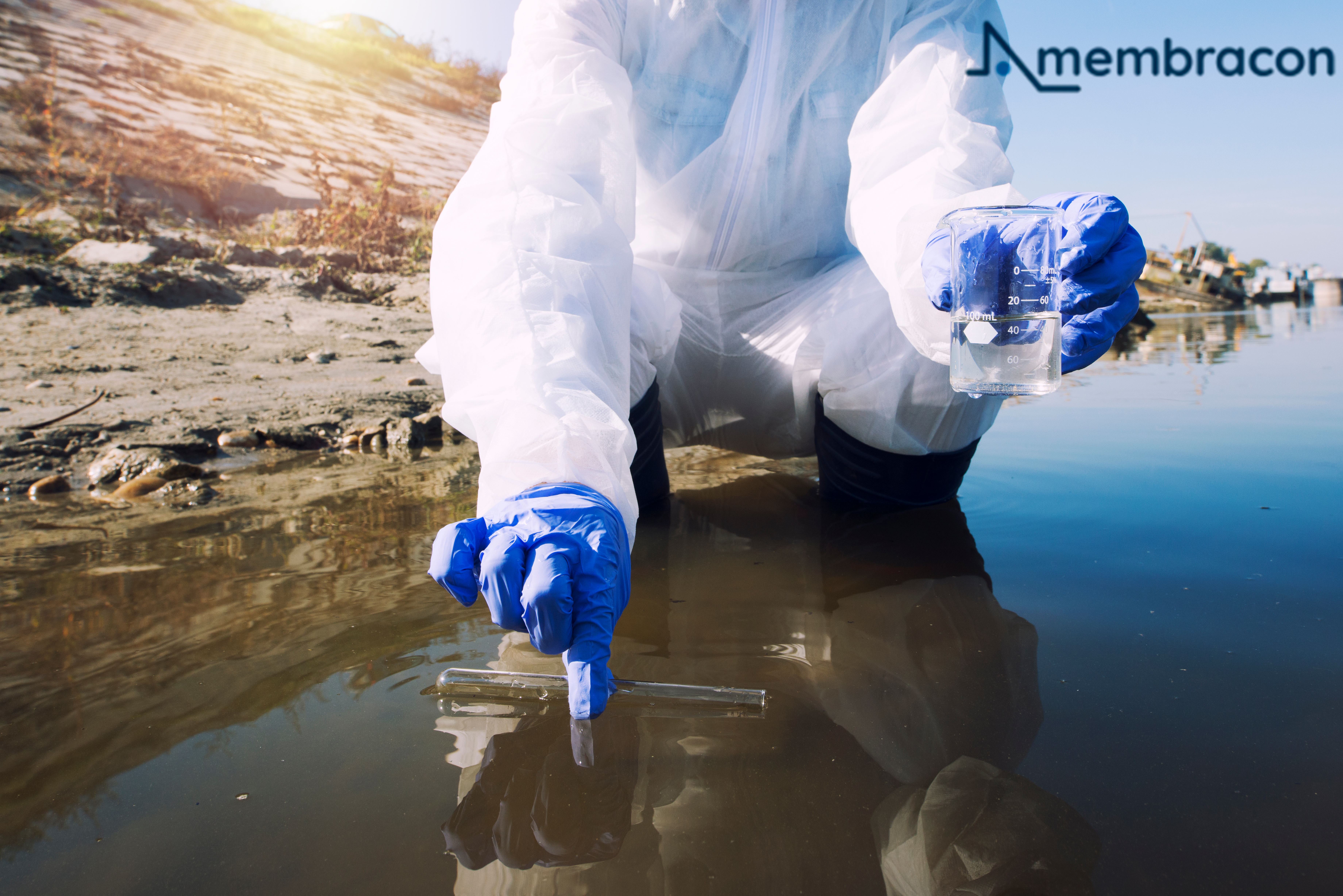
Wastewater Treatment: An Important Step In Preventing Pollution
Water treatment companies treat any wastewater entering their facilities, but large volumes of stormwater can overwhelm pipe capacities and treatment facilities during heavy rainfall and capacity events.
Excess water then bypasses treatment and discharges directly into waterways through release points known as combined sewage overflows (CSOs), causing river and ocean pollution plaguing communities across the country.
Ofwat’s September 2023 report finds that in 2022, just under half of England and Wales’s 17 largest water companies achieved their performance commitment level for treatment works compliance. Five companies achieved greater than 99% compliance. The sector saw a slight increase in compliance compared to 2021. Only 5 companies achieved their performance commitment level on pollution incidents in 2022.
With such dire statistics, the onus is on businesses to treat wastewater before discharge and improve their environmental credentials.
Onsite treatment
Onsite systems allow companies to treat their wastewater instead of trucking it elsewhere. This self-sufficiency often saves money while meeting regulations. Clean discharge or reuse also improves sustainability. Treatment levels depend on contamination. More polluted water needs more advanced cleaning.
Membrane bioreactors (MBRs) combine membrane filters with biological digestion. Microbes break down organics, while membranes grab solids, bacteria, and viruses, producing cleaner effluent that can be reused for irrigation or industrial needs.
Reverse osmosis (RO) works through high-pressure membranes to remove salts, molecules, and ions. It’s energy-intensive but handles high salinity. Forward osmosis (FO) filters water through osmotic pressure instead of mechanical pumps.
Ultraviolet bacterial control disinfects by damaging organic DNA so it can’t reproduce – a chemical-free disinfection that doesn’t alter the water’s chemistry.
Ultrafiltration (UF) systems from 50-12,500 litres per hour suit electropainting facilities for pre-treating rinse water before reuse or safe discharge. UF membranes reliably filter paint solids while saving freshwater.
Tubular anode cells and boxes optimise electrocoating efficiency and bath chemistry in e-coat paint tanks. Regular anode maintenance improves finish quality.
Anolyte systems generate cleaning and disinfecting solutions onsite through the electrochemical activation of brines.
Downflow gas contactors (DGCs) rapidly transfer gases into liquids. DGCs enable carbon capture, nutrient recovery, and odour/VOC treatment via accelerated gas-liquid contact.
Together, these wastewater treatment systems – upstream and downstream – can play a vital role in reducing pollution and cleaning up our waterways.
What’s the point?
By thoroughly cleaning wastewater before release, advanced systems like MBRs, RO, and UV oxidation safely remove toxic organic chemicals, heavy metals, invasive microbes, and excess nutrients like nitrogen and phosphorus.
Treating onsite protects local lakes, rivers, wetlands, and coastal waters from uncontrolled pollution while meeting strict regulatory standards. Clean effluent can even be reused to conserve freshwater supplies.
Careful recycling and discharge of adequately treated industrial wastewater prevents environmental contamination events, preserves precious water resources, and demonstrates corporate responsibility. Investing in onsite wastewater treatment reflects a commitment to stewarding the ecosystems, communities, and customers that support success.
The truth is we can’t rely on the UK’s water treatment system in its current form to reduce pollution. Businesses must purify wastewater to a safe discharge standard onsite and deploy proper control measures across their pipelines.
